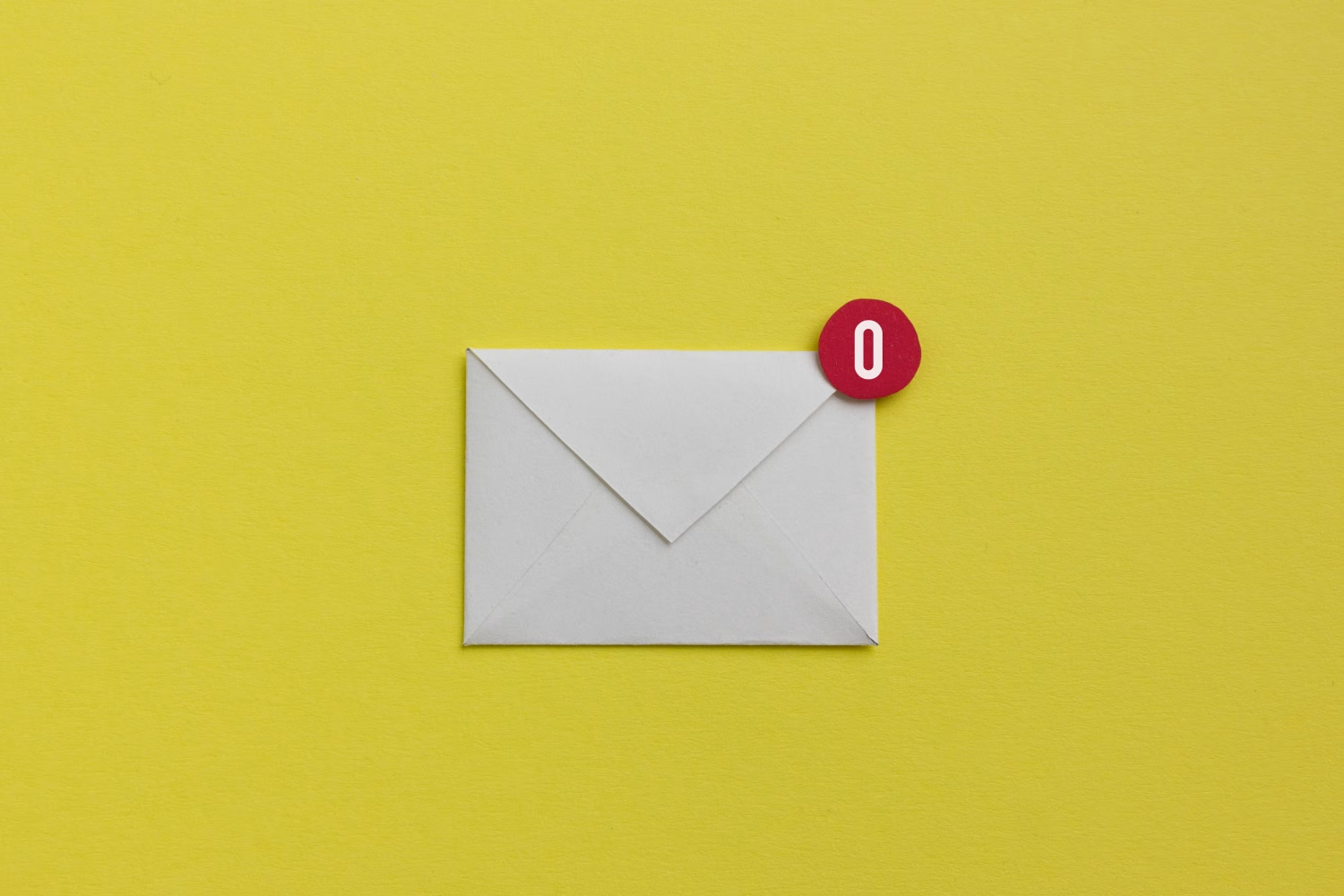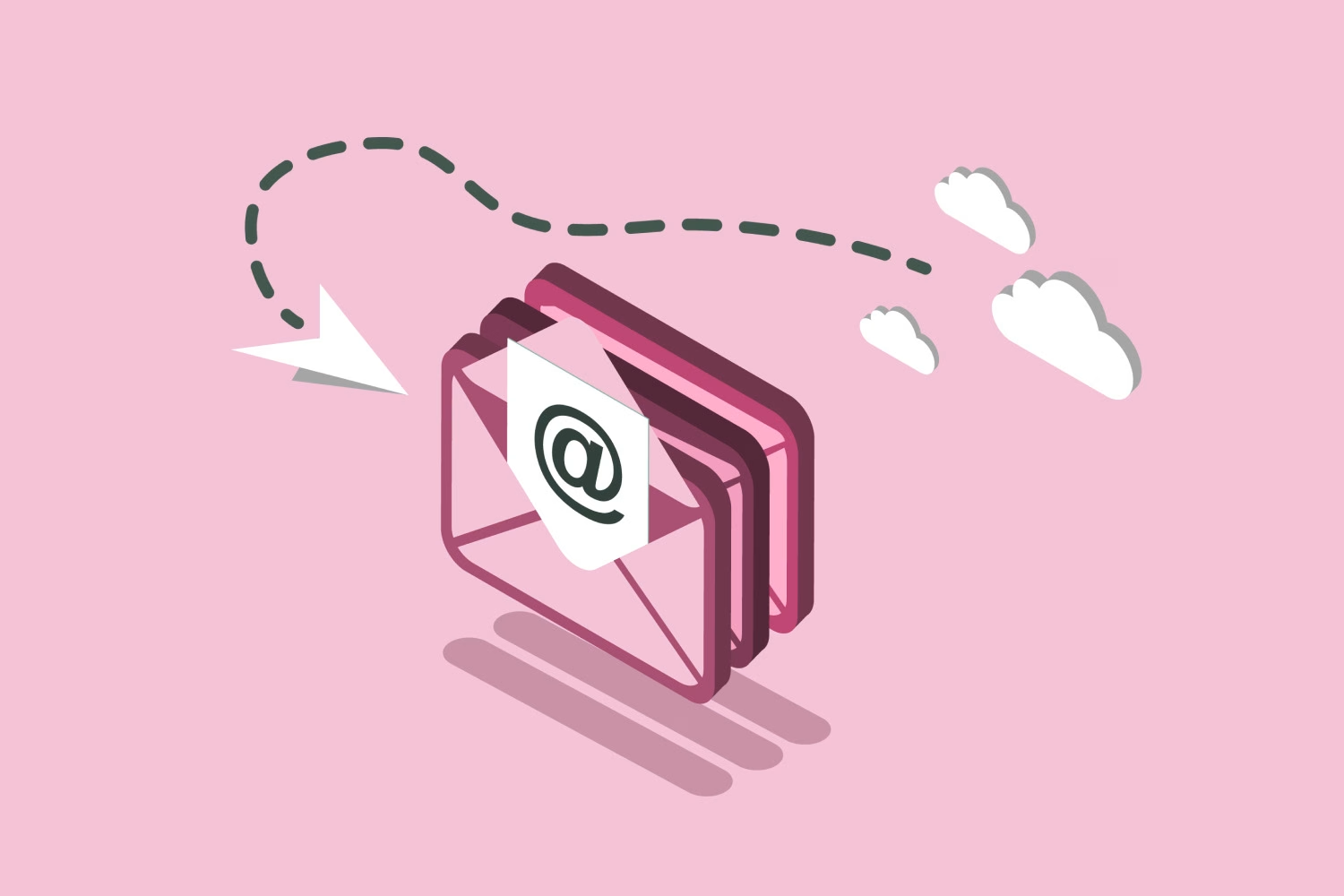What’s Your Reputation? Time to Get Serious About Email Deliverability

Share this story
You’ve poured blood, sweat and tears into creating a killer email campaign. Your message is fine-tuned, your offer carefully crafted, and you’ve planned your A / B test for the subject lines. You’ve even taken the time to choose just the right color for your call-to-action button. But all that hard work won’t pay off if your email never makes it to your intended target. Poor email deliverability is a serious issue that can undermine all the effort you put into an email campaign.
And unfortunately, the stats are rough. A full 20% of marketing emails never make it to their intended inbox, according to ReturnPath’s 2017 Deliverability Benchmark Report. “This is partly due to the sheer number of emails being sent — with over 120 billion (PDF) commercial emails sent and received every day — and the difficulty in filtering the legitimate email from the illegitimate,” explains Scott Heimes, CMO of SendGrid. But you can avoid this pitfall by investing time in your marketing automation platform (MAP) setup and committing to due diligence going forward.
A good reputation takes work, but it’s worth it
Any number of factors can cause an email to be tagged as spam, and many marketers already know how to avoid the most common pitfalls. But what they don’t realize is that email deliverability requires more than simply avoiding spam triggers. In fact, the deliverability of your email may have very little to do with the email itself. Ultimately, sender reputation is more likely to be the deciding factor in whether or not your email finds its target.
Sender reputation is a score that internet service providers (ISPs) assign to organizations that send emails, and it’s a critical component of email deliverability. Higher scores increase the likelihood that an ISP will deliver your emails to inboxes on its network. Scores below a certain threshold can result in emails being routed to recipients’ spam folders or rejected altogether. A good sender reputation is a valuable asset, and there are steps you can take to build one. A bad reputation can be a campaign killer, and it’s very hard to shake that reputation once it’s yours.
If you’re sending email from a MAP, you may be sharing an IP address with other senders, and their bad actions could have a negative impact on your sender reputation (and, by extension, on your email deliverability). If that’s a concern, request a dedicated IP for your emails so you can exert more control over your sender reputation.
Causes of blacklisting and low deliverability
The underlying MAP technology is almost never the culprit behind blacklisting or low email deliverability. Most often, these problems are caused by bad marketing practices or bad data. While many marketers are aware of content factors, such as certain words or imagery, that can cause emails to be flagged as spam, the most critical factors to avoid are related to sender reputation:
- Too many complaints from users who report your email as spam
- High bounce rates from invalid data, which can hamper deliverability
- Low engagement (e.g., continuing to send emails to users who never open them)
- Spam traps (sending to email addresses monitored by spam watchdogs — this can lead to immediate blacklisting)
- Missing authentication protocols such as DKIM (DomainKeys Identified Mail) or SPF (Sender Policy Framework)
Pro tips to optimize email deliverability
You can go a long way toward improving your email deliverability — and the overall performance of your email marketing campaigns — by adopting these best practices:
- AUTHENTICATION: Make sure your MAP is authenticated with an SPF and DKIM record that identifies you as the sender. This is the critical starting point for building a sender reputation.
- IP WARMING: If you’re sending from a new, dedicated IP, start small to grow big. New IPs lack a sender reputation, so they must be “warmed” before extensive use. Start building a positive reputation by sending out blasts that are small and manageable. Sending large volumes of email from a previously unknown source is like asking ISPs to flag your campaign as spam.
- GOOD DATA: Clean your lists and start with good data. Avoid purchased lists — they often violate MAP terms of use, which require opt-in by recipients, and can be filled with invalid addresses and spam traps. With high risk and virtually nonexistent rewards, it’s just not worth the hassle.
- AUTOMATE CLEANUP: Create automated data hygiene campaigns that identify and remove invalid or bounced email addresses from your lists, so you won’t continue sending to them. Better yet, remove any contact that has not engaged with your emails in the last six months or longer to avoid “low engagement” flags.
- QUALITY VS. QUANTITY: There is a common misconception that more is better when it comes to email marketing. Don’t fall into that trap: Bombarding users’ inboxes is more likely to cause them to unsubscribe or mark your emails as spam than it is to convert them. Establish criteria limiting the number of emails you send to users in a given time period, and ensure your content is always targeted and relevant to its recipients.
- MONITOR PERFORMANCE: Review the analytics data within your MAP. Keep a close eye on bounce and unsubscribe metrics following each email blast. If there’s a spike in either metric, attempt to pinpoint the cause and correct it to avoid a drop in email deliverability.
Starting out on the right foot and making use of automated maintenance functions are great enablers of high email deliverability — but this isn’t a set-it-and-forget-it situation. To ensure ongoing deliverability success, you need to have a consistent process for monitoring bounces and unsubscribes. Through regular monitoring, you can begin to zero in on the causes and make the necessary adjustments. Use online tools to monitor your sending reputation and to make sure your IP hasn’t been blacklisted.
Some organizations may struggle to find the bandwidth for the ongoing activities it takes to ensure good deliverability. If that’s the case, outsourcing to an agency partner like MX might be a solution to consider. Our certified marketing automation experts stay on top of changing trends and proactively manage email deliverability for our clients. Learn more about optimizing your MAP.



